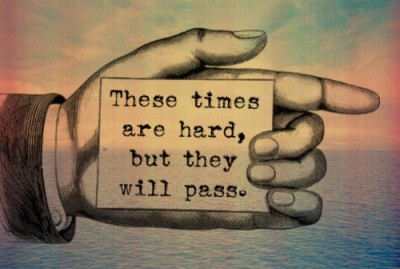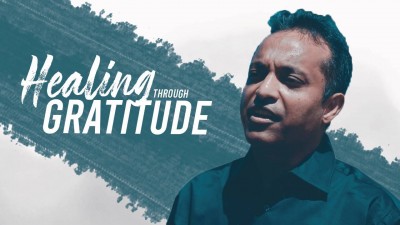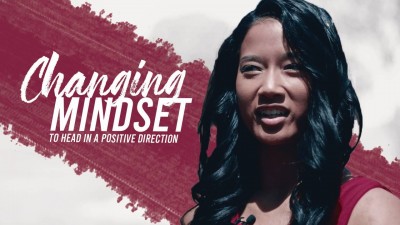Can you remember a time when you felt really confident? A time you felt like you were immune to failure? If you honestly try, you will find a memory resembling this description. What if you were asked to show someone else how to get that feeling, that sense of confidence that they couldn’t fail, would you be able to describe the steps they need to take?
Although we have all had the personal experience of feeling confident, when asked this last question most people would not be able to effectively explain the steps, or the how-to, needed to access a feeling of self-confidence at will. Imagine knowing that the feeling you need to be successful in life is real, that you have experienced it for yourself, but you can’t pass it onto those you care about, nor can you bring that feeling on when you choose to. Frustrating right?
Why is it then that some people seem to go from success to success in life without appearing to struggle, like they have the Midas touch where everything they touch just seems to turn to gold, and no matter what is happening in the economy, politics or the weather they seem to be filled with a sense of self-confidence that when they attempt to do something it will work for them? What do they know that most others don’t?
The fact is, there are common traits about self-confidence that once learned we can use to access our own source of self-confidence when we need it most.
Self-confidence is also commonly referred to as ‘self-belief’ or ‘having faith in oneself’. Whatever words are used to describe it, self-confidence is an internal feeling that things will work out well. It is impossible for someone else to have self-confidence on your behalf. They can encourage and attempt to motivate and inspire you but ultimately it is up to you to find your own internal source of self-confidence. The key to understanding, is that self-confidence comes from inside of us. It is internal. The thoughts that generate the feeling of self-confidence will be different for each person.
Think of an Olympic athlete about to compete in their event. They have trained for four years to have the opportunity to represent their country at the highest level in their sport. During those four years they have competed at lower level events to become familiar with the feeling of competition and along the way will have inevitably created some personal best records for them to improve on next time. They have disciplined their diet, they have exercised during hours of the day and night when normal people would be sleeping and most importantly of all, throughout all of those four years of training they have maintained a positive vision of themselves standing victorious on the podium receiving the gold medal. Now obviously there can only be a small percentage of gold medallists in contrast to the number of competitors but it would be reasonable to suggest that the highest percentage of Olympians wanted to get to the Olympics because they wanted to have a shot at taking out the gold medal. Positive visualisation of this potential reality is a significant part of their journey. Regardless of whether they win the gold medal or finish last, they must have a high level of self-confidence to even compete. What can be learned from this example of the Olympic athlete in relation to self-confidence? The key characteristics of their strategy are:
Practice
You have probably heard the phrase ‘fake it ‘til you make it’ and whilst there is truth in this, there is absolutely no substitute for being prepared and the best way to be prepared is to practice. This is a highly practical element to self-confidence and one that cannot be replaced by theory. Having experience in doing something because you have done it many times, will inevitably breed confidence in your ability to do it. A key understanding here is to realise that every time you complete an action your mind-body makes a record and compiles a list of these successful actions. Better still, the mind-body automatically reminds you of them the next time you attempt the same task. The same works in reverse too, which is what most people would be familiar with. It has been said that ‘repetition is the mother of all skill’ and to that we could add ‘and self-confidence’.
Personal Bests
In the hectic pace of life these days we rarely stop and think of how far we have come in our development as a person. We overlook those past successes and give an inordinate amount of attention, and therefore psychological energy, to the times when we did not do so well. The Olympic athlete keeps their successes front and centre of their mind and regularly combats their self-doubt with the fact that they have already achieved so much. A very practical way of doing this for normal people is to simply get a piece of paper and write down a list of 10 or so achievements and accomplishments over their lifetime. If it’s a struggle to write 10 then start with one and build from there. As a testimony to this philosophy is Steven Bradbury, who won Australia’s first ever gold medal at a winter Olympics (Salt Lake City 2002). Bradbury says in his book ‘Last Man Standing’’, that he didn’t claim the gold medal for the 90 seconds of the race, where the four other skaters fell over on the last turn, he claimed it for the 12 years of achievement leading up to the race. His list of achievements to get there in the first place was clear to him.
Positive visualisation
This is perhaps the most significant area that people looking to improve their self-confidence can improve upon. Our imagination is an incredible tool! But if it is not consciously pointed in a positive direction it will by default go in a negative direction. That is to say that the standard status quo setting of our imagination, is to focus on the negative, to think negatively on our problems and think negatively about ourselves. Left by itself it can destroy our dreams and leave us feeling confused, frustrated and not wanting to attempt new things in life.
That all sounds quite depressing, so let’s take a look at the flip side of imagination. Imagine a garden hose on full blast with no one holding the end of it. What happens next? Everything will get wet, right? But what happens when you grab hold of the end of the hose and point it at the grass? The grass will get watered and will grow. Taking this analogy to the next level. Let’s say we adjust the amount of water pressure by turning the tap either up or down to increase or decrease the amount of water flow. Now we can water the little seedling without blasting it away and we can fill up our metaphorical cup and have a drink!
One of the most powerful concepts that Dr Spencer Johnson MD mentions in his classic book, Peaks and Valleys, “Making Good and Bad Times Work For You”, is that our most powerful tool to get us through a valley, (bad time or time of low self-confidence), and arrive at our next peak, (good time or time of high self-confidence), is to follow a sensible vision. With positive visualisation, the Olympic athlete uses their five senses of touch, taste, smell, sight and hearing to create a positive vision of their future. This is what they remind themselves of when they need to do things that require them to believe in themselves when others may not. They create their positive vision in advance and use it as a tool to combat self-doubt and replace it with self-confidence. And you can do the same with your how-to attitude! Simply think of exactly how you want things to work out. Although your first few thoughts may be of a doubting nature, with practice you can harness this skill and fine tune your imagination to work for you rather than against you.
Frequently Asked Questions ...
What is Self-confidence?
Self-confidence is the art of having trust in a person's own self to complete a task.
Why do you need Self-confidence in personal life?
Self-confidence helps a person take the necessary steps as required and achieve greater success in life.
How does Self-confidence assist in career ?
Self-confidence allows a person to identify opportunities, avail and execute them, for a successful career.















































